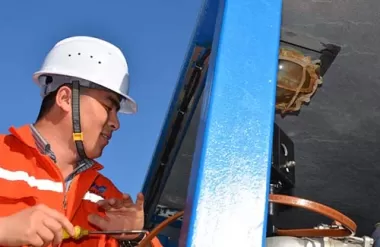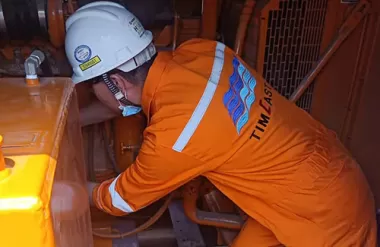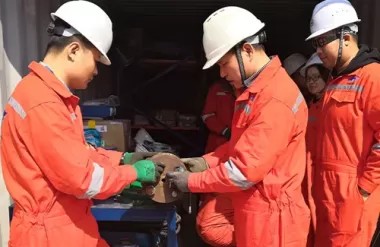Dec. 30, 2022
Hydrotesting is a process in which a pipe is subjected to internal pressure using water to test the strength and integrity of the pipe and its welds. This is done to ensure that the pipe is safe to use for its intended purpose and that it will not fail under normal operating conditions. Hydrotesting is typically conducted on new pipes before they are put into service, but it can also be done on existing pipes to check for any deterioration or damage that may have occurred over time. There are several reasons why hydrotesting is important:
Safety: Hydrotesting helps to ensure that the pipe is safe to use and will not fail under normal operating conditions, which can help to prevent accidents and injuries.
Quality control: Hydrotesting helps to ensure that the pipe meets the required standards for strength and integrity, which is important for maintaining the quality of the finished product.
Leak detection: Hydrotesting can help to identify any leaks or weaknesses in the pipe or its welds, which can then be repaired before the pipe is put into service.
Commissioning: Hydrotesting is often required as part of the commissioning process for new pipes, to ensure that they are ready to be put into service.
Overall, hydrotesting is an important step in the process of installing and maintaining pipes, as it helps to ensure that the pipes are safe and fit for their intended purpose.
Dec. 12, 2023
The Basics of Electric Heat Trace Technology In the world of industrial processes and temperature control, Electric Heat Trace (EHT) technology plays a crucial role.Nov. 23, 2023
Performing a Leak Test: Step-by-Step Guide A leak test is a crucial procedure to ensure the integrity of a system and identify potential leaks in pipes, joints, or containers.Nov. 08, 2023
Main Steps of a Flange Management Procedure Flange management is a critical aspect of maintaining the integrity and reliability of piping systems in various industries.

